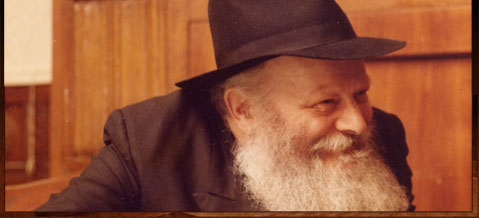Dr. Rivkah Blau
In the late 1950s, Jewish day school graduates began finding themselves in Ivy League and Seven Sisters colleges – and I was one of them.
On campus, we encountered an environment that was often hostile to Jews. Classes were held on Shabbat and exams were often given on holidays; we bought our own kosher food, but we still had to pay for room and board and could not bring our food into the dormitories. We also found that people were asking us questions about Judaism that we couldn’t answer. Despite our years of yeshivah education, many of us felt that we didn’t know enough, and we wanted to continue learning.
We began organizing different groups: At Barnard, where I was, we called our group Ari; at Columbia, they called theirs Yeshurun and used to gather for afternoon prayers in the laboratory of a doctoral student; in Harvard, they called it Taryag; while Cornell had a Young Israel House with a kosher kitchen.
Once we heard about each other, we decided to establish a single body to coordinate all the groups. We called it Yavneh and our founding convention was in February 1960. Our goal was to promote Jewish learning and observance on campus, to ensure that Jewish students wouldn’t feel alone, and that if they wanted to learn more, we would be there to help them.
Everybody had his or her own reason for the name, but I was trying to carry on an organization that my father, Rav Mordechai Pinchas Teitz, had started before immigrating to America, when he was a fourteen-year-old in Latvia. After coming home from the Ponevezh yeshivah and discovering that the boys he had grown up with had joined the Communist Party, he founded a club – Yavneh – for Jewish boys to learn and have fun while getting a better feeling about their Jewishness. (more…)





